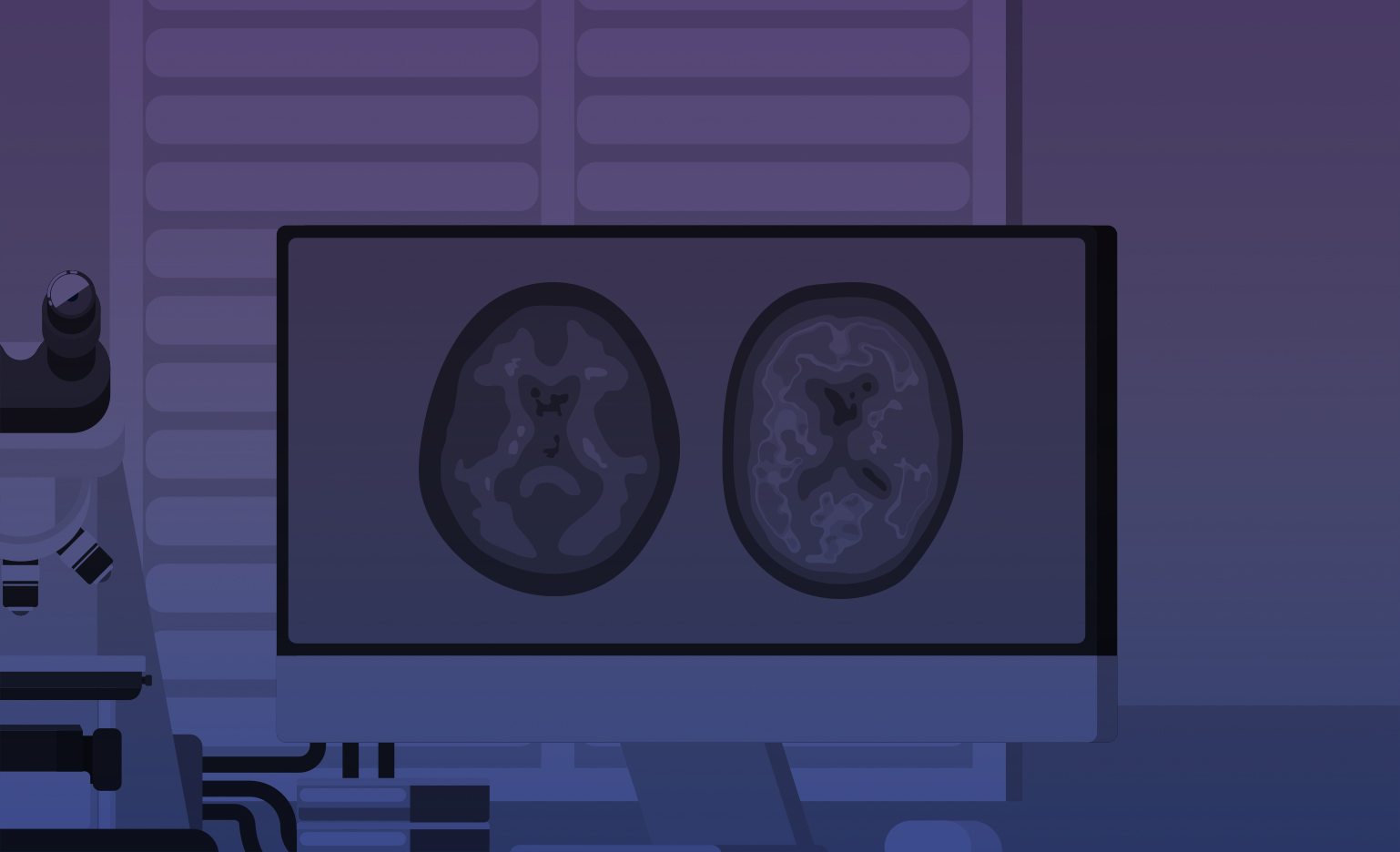University College London+
University College London+
Restoration of healthy Wnt signalling in the neurovascular unit through inhibition of Notum carboxylesterase activity: a Lead to Preclinical Candidate Program for Alzheimer’s disease.
Alzheimer’s disease (AD) is a devastating disorder where the loss of brain cells leads to loss of the function of the brain, and eventually to death. There are no therapies that halt or slow the progress of the disease. With the number of people with Alzheimer’s at least 50 million worldwide, this is a huge unmet medical need. The hallmarks of the disease are the “b-amyloid plaques” and “tau tangles”. Potential treatments tested in patients have mainly focused upon targeting b-amyloid plaques. Unfortunately these medicines have largely failed. As such there is a significant need to find approaches to therapies beyond targeting b-amyloid. One of the components of the brain critical for function is the “blood-brain barrier” (BBB), which controls what gets into the brain from the blood (e.g. glucose, essential for providing energy to the brain), and what gets out from the brain (e.g. waste products). In Alzheimer’s disease, the BBB no longer functions properly. The brain does not receive enough glucose and becomes leaky allowing blood proteins to penetrate causing inflammation. This loss of function is an important part of Alzheimer’s disease, and preventing this could be a useful therapeutic approach. We have identified a protein at the BBB, “Notum”, that inhibits proteins called “Wnts”, which are required for a healthy BBB. We have found that Notum is increased in mouse models of the disease and in post-mortem brain from patients. Thus inhibiting the increased Notum may help maintain a healthy BBB in Alzheimer’s. Excitingly, we have developed a potential drug that can inhibit Notum in the BBB, and have found in mice that it causes an increase in important proteins such as the glucose transporter. Our goal is to undertake further studies with our Notum inhibitor, particularly in mouse models of Alzheimer’s, to definitively tell us whether we have a drug that we can take forward to testing in patients.

